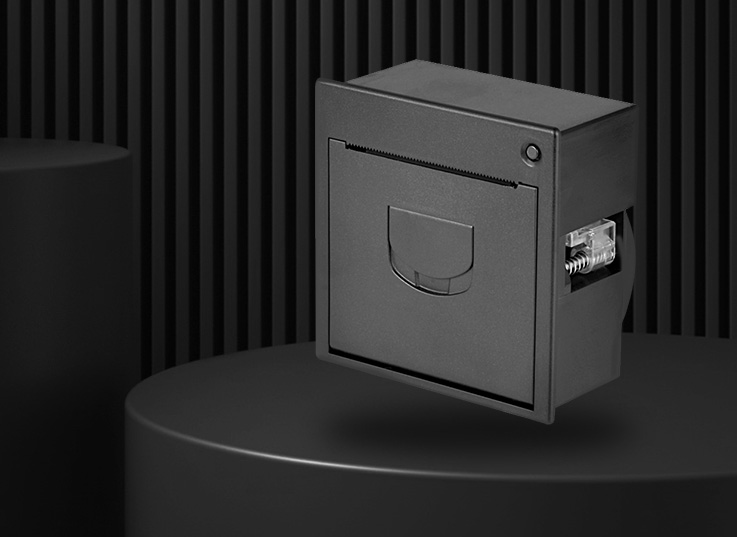
 2022-11-26
2022-11-26 2025-10-23
2025-10-23The heating components of a laser printer, mainly including the fuser assembly, play a crucial role in the printing process. They work by applying heat and pressure to fuse the toner onto the paper, ensuring a clear and permanent print. However, over time, these components may encounter various
 2025-10-13
2025-10-13Commercial bill printers play a crucial role in various business operations, such as retail, hospitality, and finance, where accurate and consistent printing of invoices, receipts, and other important documents is essential. Regular maintenance and upkeep are vital to ensure the smooth operation, ex
 2025-10-11
2025-10-11Connecting a wireless printer to a local area network (LAN) allows multiple devices to print conveniently without the hassle of physical cables. The process might seem complex at first, but with the right steps, it can be accomplished smoothly.First, ensure that your wireless printer supports LAN co
 2025-10-10
2025-10-10When a printer goes offline, it can disrupt workflow and cause frustration for users. Understanding the causes and effective restoration methods is crucial to quickly resume printing tasks. There are several common reasons for a printer to enter an offline state, and each requires a specific approac
 2025-09-29
2025-09-29Remote installation for printer sharing is a convenient process that allows users to set up a printer on a network and enable access from remote devices without physical proximity to the printer. This method is widely used in offices, educational institutions, and remote work environments, where mul
 2025-09-27
2025-09-27Printer cleaning kits are essential tools for maintaining the optimal performance and extending the lifespan of printers. These kits are designed to address various types of printer models, including inkjet, laser, and thermal printers, each with its unique cleaning requirements.For inkjet printers,